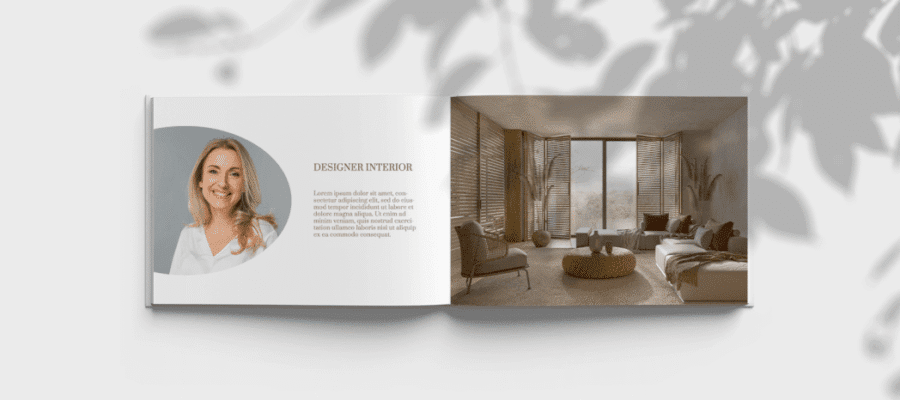AND interior design portfolio It is an essential tool for any professional in the field of interior design, which will demonstrate to potential clients your professionalism and result orientation.
Whether you are looking for interior design workif you prefer those interior design projects Creating a well-rounded portfolio individually, with your own business, is essential to success. Any graduate, college or Master in interior design He should take care to create a portfolio that is as suggestive as possible for his experience.
In addition to demonstrating skills and abilities, the portfolio will reflect your creativity and style in interior design. A client who opts for your services after consulting your portfolio is more likely to be satisfied at the end of the project. This way you will avoid any discrepancies in stylistic preferences and various misunderstandings regarding your services.
However, to create a interior design portfolio that you are proud of is not easy. Here’s what you should consider:
1. Adaptation the interior design portfolio At the level of your career
One of the problems people face at the beginning of their interior design career is the lack of plans. How do you see what you can do before the first paid project?
Fortunately, initially it is possible to form a portfolio only from virtual agreements: plans created with specialized tools (such as one of these programs), which results in photorealistic images.
You can also get involved in some projects without payment, if you are approached or have acquaintances who need help in arranging, renovating or decorating the house.
Last but not least, it is not mandatory that the wallet contains exclusively interior design projects completed. You can also include some sketches and mood boards, which will exemplify your overall style and approach.
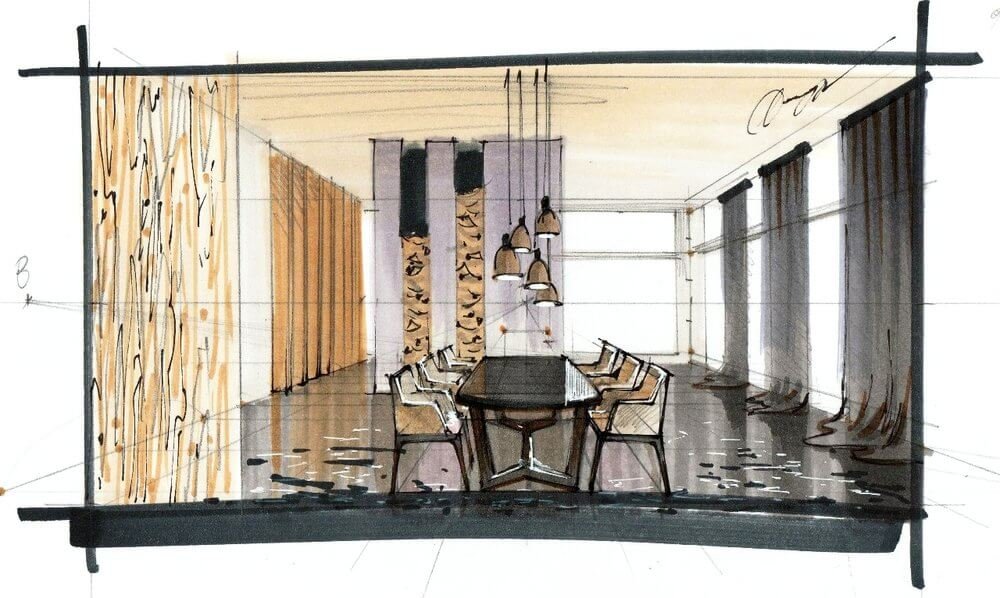
2. Invest in photos by agreementAinner quality
Unlike the CV, the interior design portfolio will contain predominantly visual, not written information. Therefore, the quality of photographs contributes significantly to obtaining a professional interior design portfolio.
Collaboration with a photographer would be ideal. If this is not yet possible, it is important to acquire at least basic knowledge of interior photography. Among the elements that contribute to a good indoor photo, we mention:
- the abundance of natural light
- completing with artificial light sources
- the use of a tripod
- respecting the framing of the photograph composition rules
- Edit the resulting photo to highlight strengths and hide flaws
- meaning, choice and color combination in interior design
3. Edit editing program for interior design projects
There are numerous options for creating an interior design portfolio, so it’s good to choose a program that you’re pretty familiar with or that’s easy to learn. The examples are different, from simple programs to some very complex ones: Adobe InDesign, ISSUU, Adobe Behance, Adobe Photoshop, PowerPoint or Canva.
Consider the fact that you don’t have to start from scratch. You can find many professional looking project templates online. If you want a fully customized interior design portfolio, it’s important to have inherent consistency: colors, fonts, shapes, and so on.
4. ADDITIONAL INTERIOR DESIGN PORTFOL
Do you want to present your interior design portfolio online, on paper or both? What size and ratio will the portfolio pages have? Your decision will impact the portfolio phase.
For example, a portfolio printed in A4 size will also benefit from the inclusion of vertical photos, which present the details of the arrangement without the photograph being split between the two pages.
A printed portfolio will have the greatest impact, as long as it uses the highest quality paper. Rather than cutting costs on printing your portfolio, it’s best to stick to the digital version initially.
5. Organize information on information projects
The more projects and information that are included, the more important the organization becomes.
Different criteria can be used: from the type of building (apartment, house), to the topic used (children’s rooms, offices, life) or by the predominant style (modern, minimalist, industrial).
Another option is the chronological presentation of interior design projects, suitable if you want to underline your professional evolution.
Even if you work as a designer but also as interior decoratoryou could separate the two types of projects.
6. Add relevant information to your portfolio
Even if the portfolio is predominantly visual, it is advisable to accompany the photos with descriptive texts, which will make the client better understand your contribution and approach.
In addition to projects, you can add information about yourself, such as education, experience, values, mission, principles, work practices, or other information you think a potential client should know.
See a previous article on how to set up a interior design company.
7. Includes customer recommendations
If you have completed projects, including some customer reviews is a great way to increase confidence in the potential. Nothing will increase the chances of future collaboration like advice and praise from satisfied customers.
This section is much easier to fill out if you are an entrepreneur or a freelancer and you can simply ask customers to write a few lines about their experience with you.
Things change when you work in a company as an interior designer, in which case you can simply skip this section.
8. Choose one of the portfolios of successful interior designers
Before you start, it’s a good idea to browse some online portfolios, think about what you like and what suits you from what you see.
latest posts published
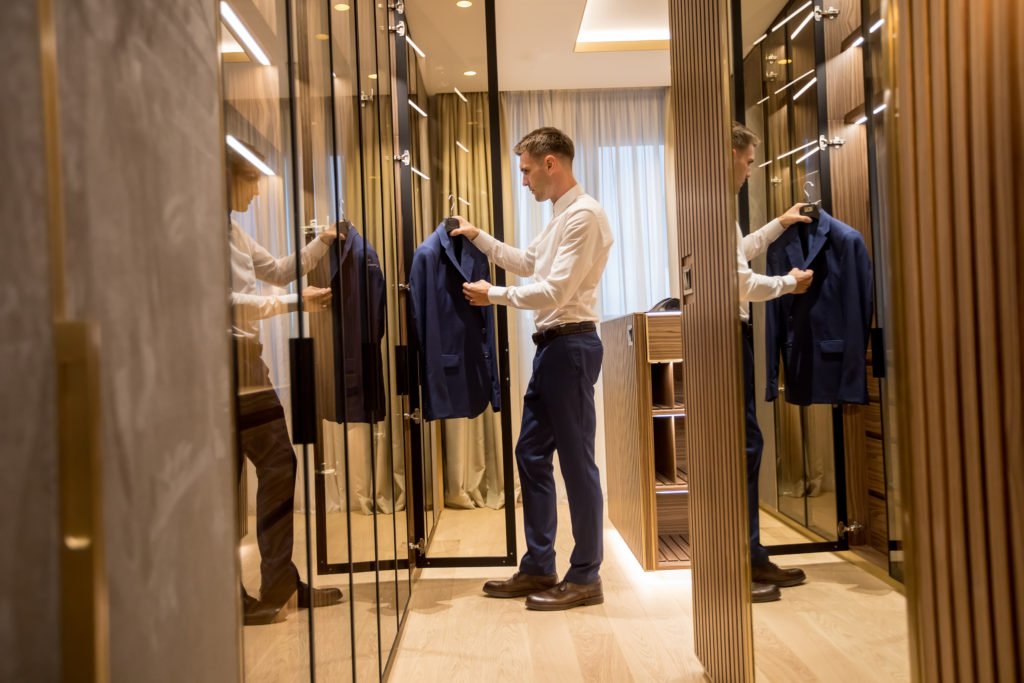
How to set up a wardrobe in your apartment: tips and advantages
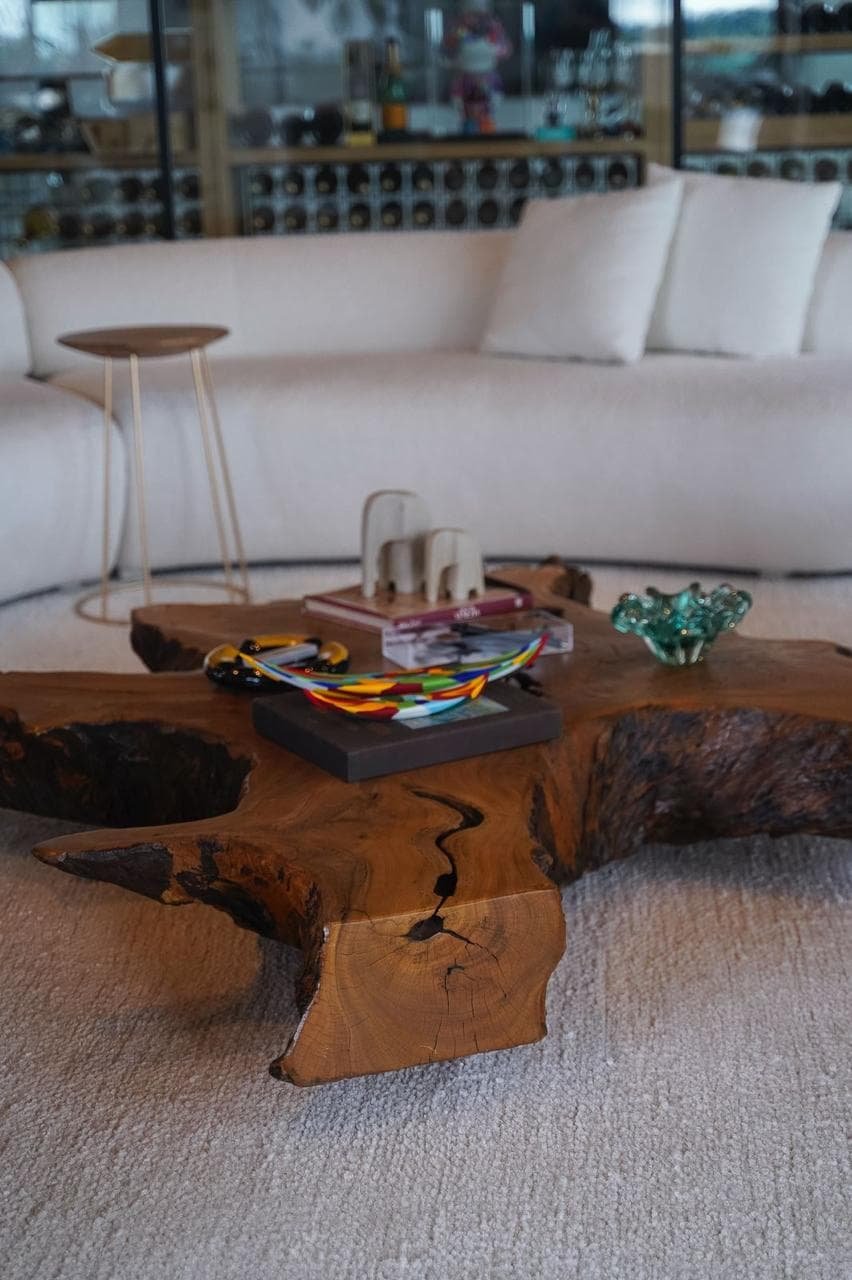
Discover the sophisticated furnishings of Progetto Decor
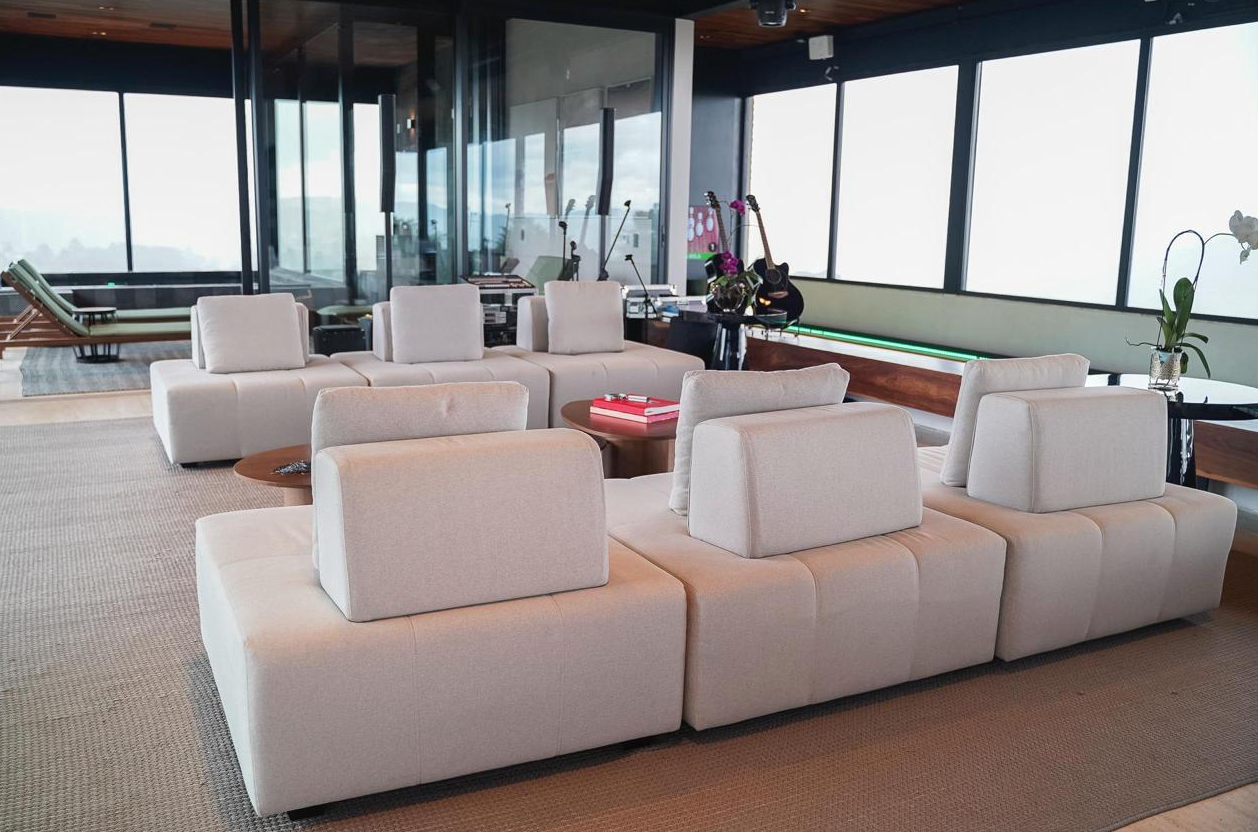
Luxury design: the balance between comfort, elegance and functionality

Discover the luxury furnishings of Progetto Decor

Garden in the apartment: discover the advantages
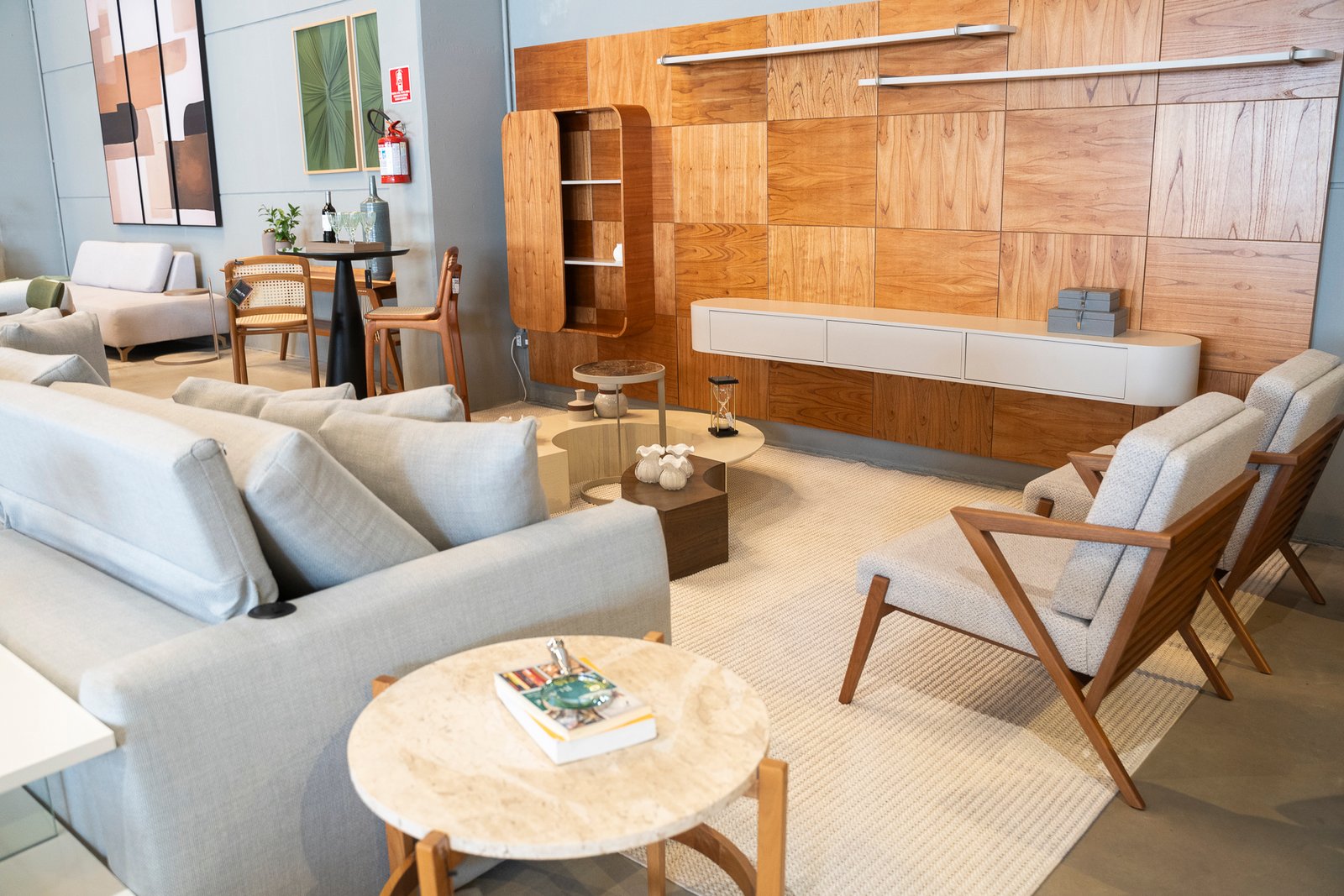
Discover Progetto Decor’s line of custom-made luxury furniture

The main tips for creating integrated environments
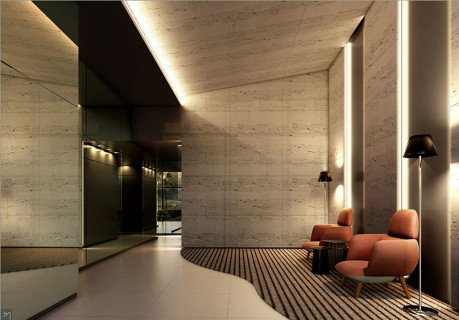
Ambient lighting tips
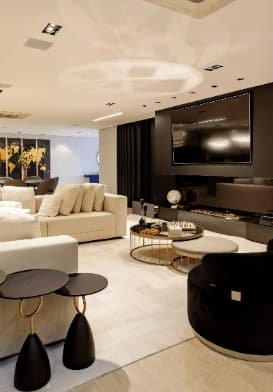
3D projects: transform spaces with luxury and innovation


